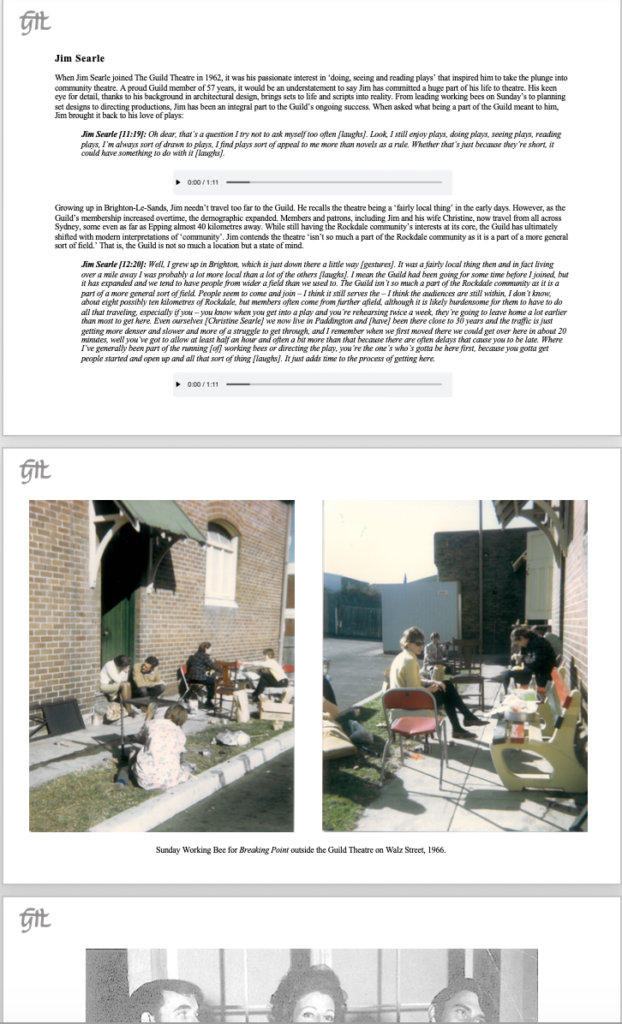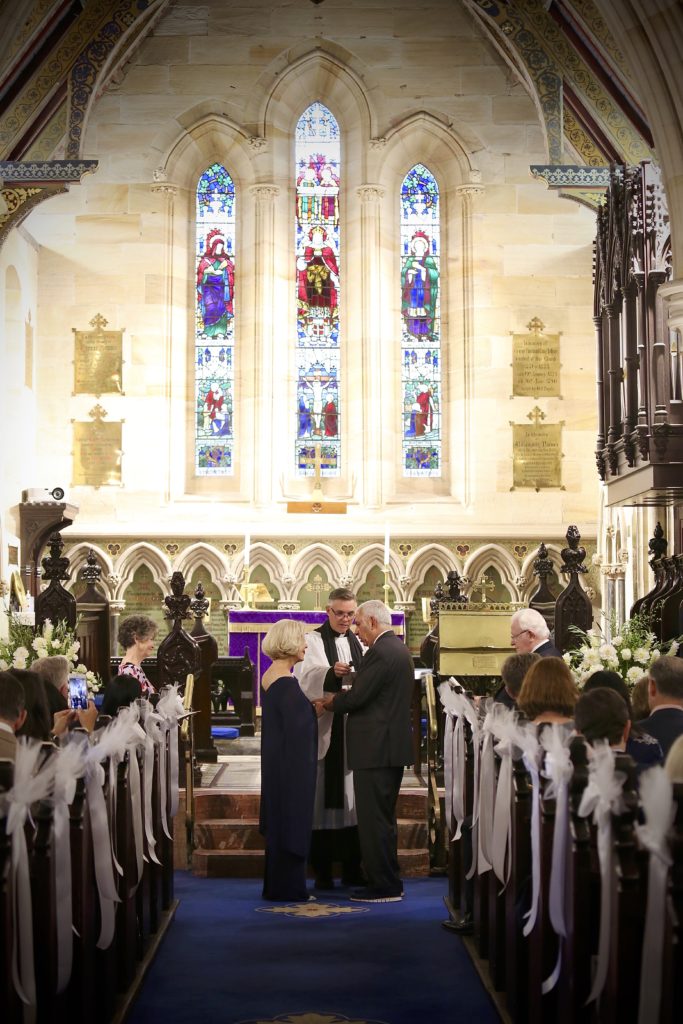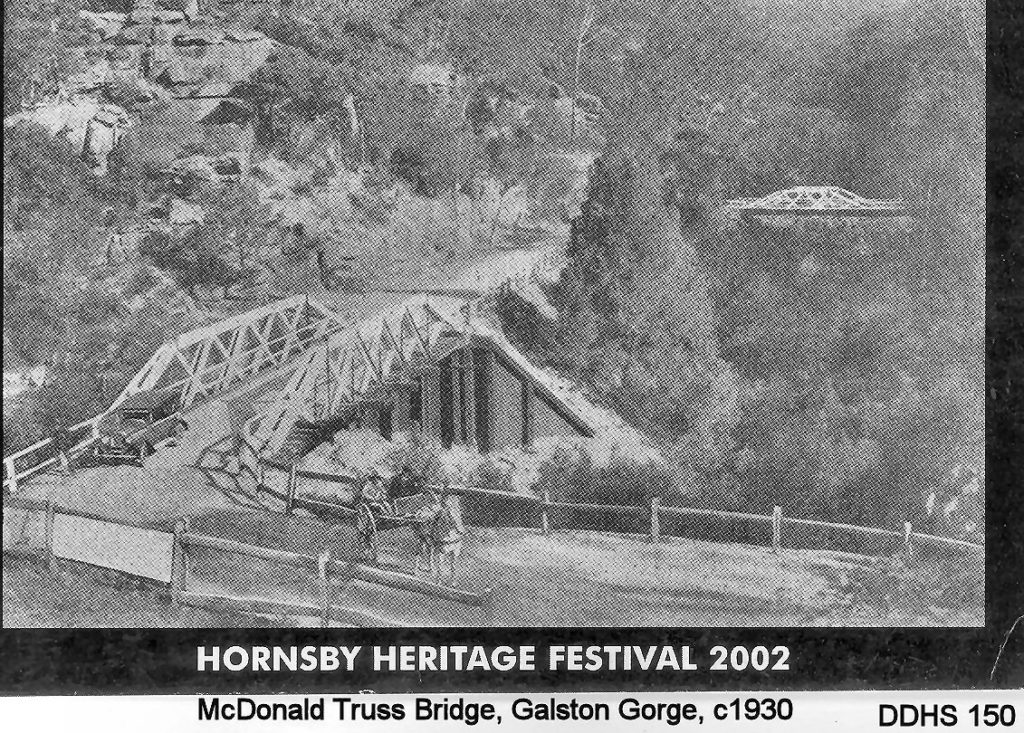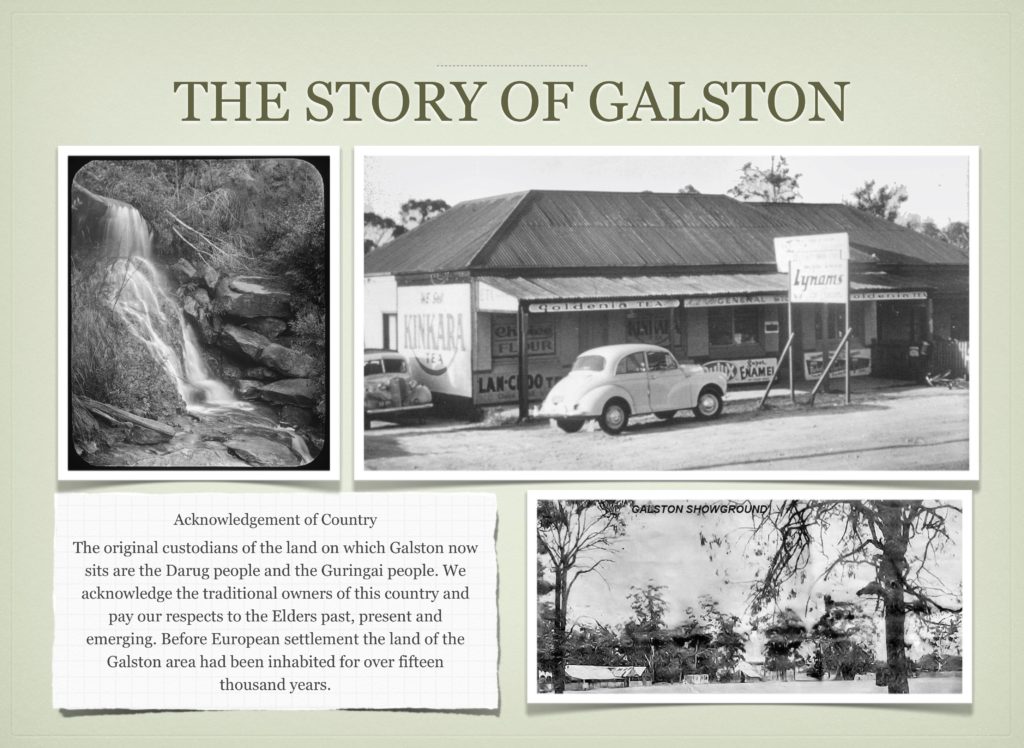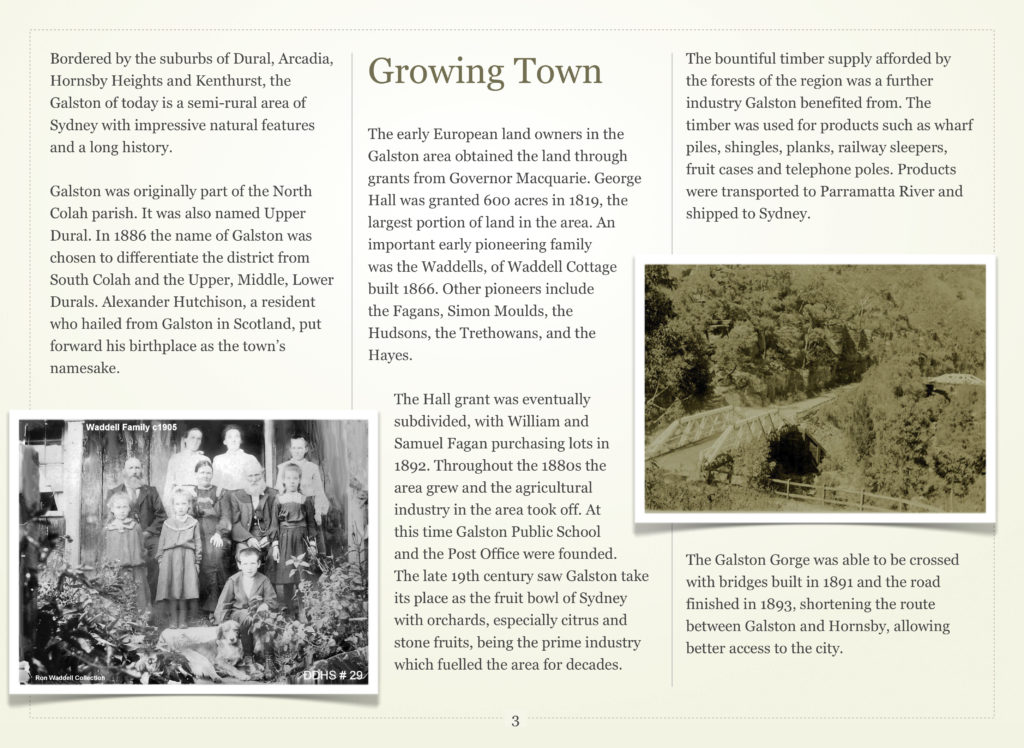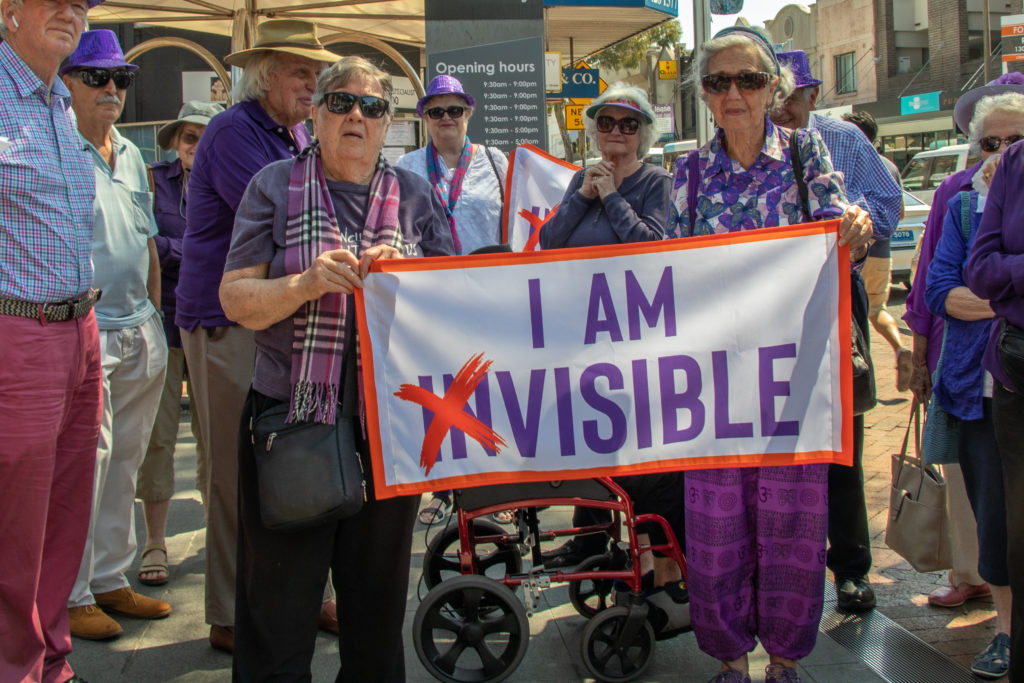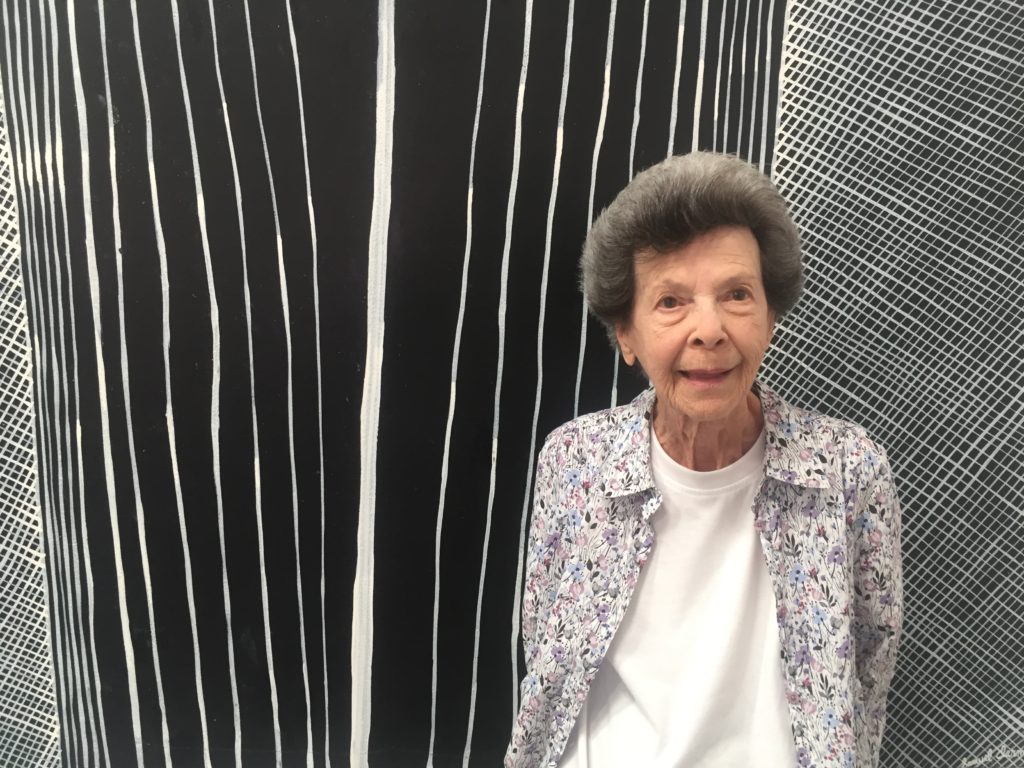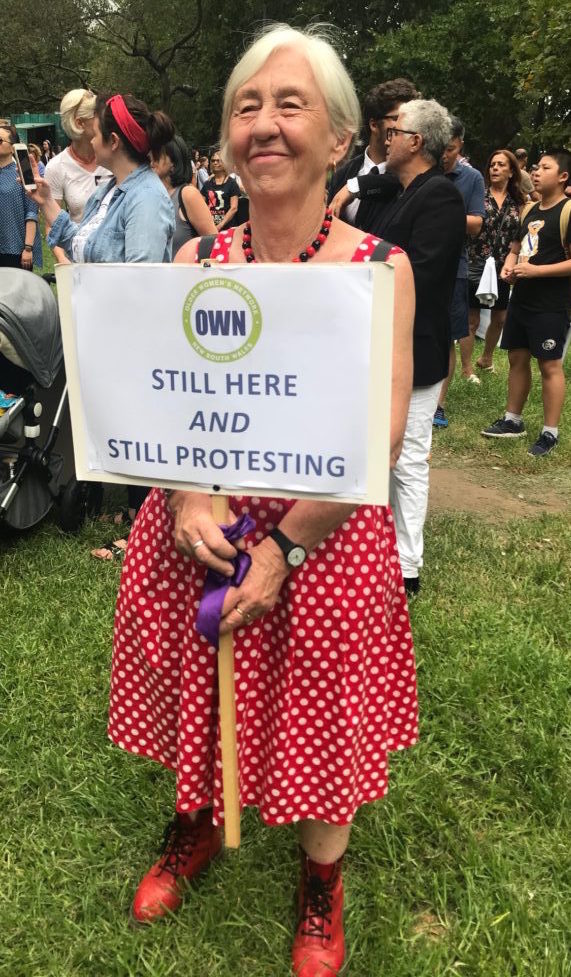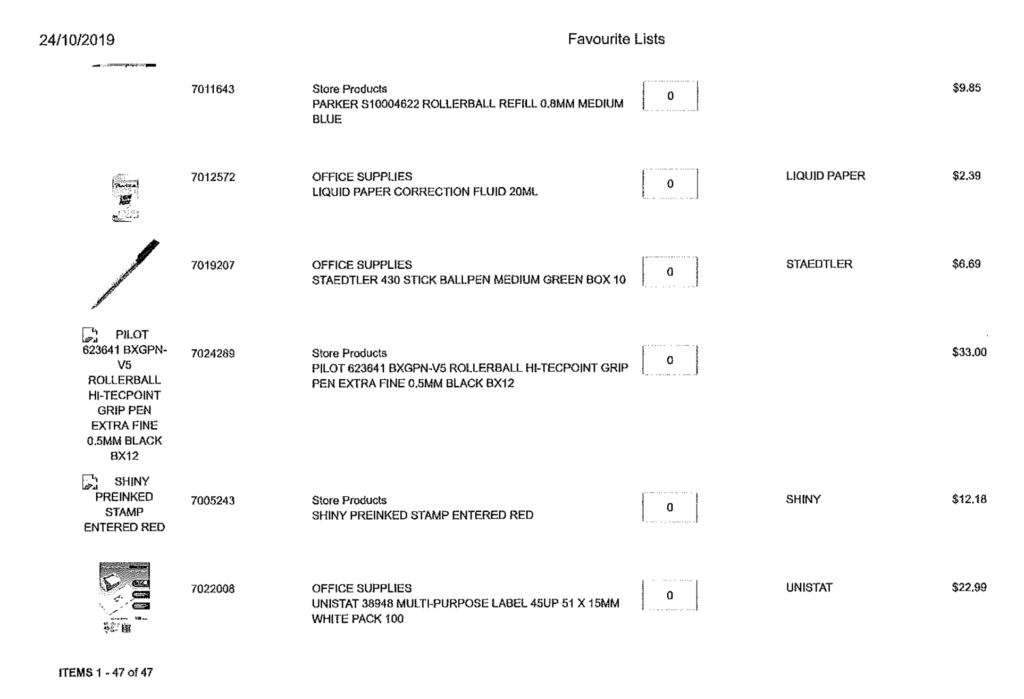For the past month I have been working with the Addison Road Community Centre and the Honour Roll for Peace Project they have begun. As noted in my previous blog post, the Honour Roll for Peace is a fantastic and unique initiative to unite an international, national and local cohort through their personal contributions to peace. Their contributions take shape in many different ways and I have had the amazing opportunity to research some of these people.
I researched Denis Kevans, “Poet”; Geoff Mullen, “Prisoner of Conscience, Emu Plains Gaol, for resisting involvement in Vietnam War. Outstanding activist for peace. Always Remembered!“; Henry Weston Pryce, “Poet”; John Otto, Ondawame; “West Papuan fighter for freedom and peace“, Juno Gemes, Ken Saro Wiwia, “West Papuan fighter for freedom and peace“; Max Watts, “Lifelong activist for social justice, including working against the Vietnam War with Resistance Inside the Army”; Monty Miller, “Wobblie and anarchist, Monty headed the May Day peace march in Melbourne for many, many years“; Peter Mcgregor, “Wobblie and anarchist, Monty headed the May Day peace march in Melbourne for many, many years“; Rachael Corrie, “Gave her life for justice in Palestine“; Rob Wesley-Smith, “Vietnam Moratorium convenor. Darwin 1970. Campaigner for East Timor and West Papua“; Mordechai Vanunu, “A man of peace who, in Sydney, decided to expose Israel’s hidden nuclear arsenal. Awaiting freedom since 1986!“; and Victor Jara, “Murdered by Pinochet Dictatorship, Chile, 1973. Sang for 3,000 political prisoners awaiting execution in the National Football Stadium.“
These descriptions are the ones provided by the community and are engraved underneath their name on the plaque. Researching these individuals has been a really incredible experience as they have done such a diverse range of work and I have had the opportunity to learn about different social justice issues around the world and locally. For each person I used many different sources, specific to the type of work they did. Some of my research involved watching YouTube videos of speeches, looking at art and photography, or reading poems or books. This type of research shaped my impression of the individual and enabled me to write a small biography from my understanding and connection to that person.
After completing some research I started my next task, to build a website. Oh little did I know what I was getting myself into. I research and I write, that is what I have been taught and practiced for many years. This website business was so far out of my skillset, and I have a whole new appreciation for websites after clicking away for hours only to see that it STILL looked like some paint job. However, despite my struggles (and accidentally deleting my work numerous times) I feel some-what proud of what I have created.
I have created a format for Addi Road that is attempting to emulate the image of the plaques on the gate, giving the website a rust coloured background, and the names of the people on silver boxes. To learn more about these people, you can simply click on the toggle and information, YouTube videos, images and music will pop up. I was trying to work on getting music to play in the background of the toggle for some artists such as Victor Jara however, wasn’t able to get there. The website is still very preliminary and could definitely do with a more skilled artist to perfect some issues however, the structure is there. The idea has been moved on to a more practical level and I think the project is in a better position to be built on by other community members in the future.
Most importantly for me, the information is up. These names are not simply names, but they have more of a story: an explanation for their presence on the gates of this community.
I think this project is pretty unique. The very idea of the Honour Roll for Peace is radical, and its ethos challenges the common ‘Honour Roll’ that we see around Australia. Whilst this Honour Roll acknowledges and includes individuals who have fought in an array of wars, it also includes those that haven’t. It acknowledges those who have fought against war, including World War I and World War II, the Vietnam War and continuous colonial wars in West Papua, Palestine and the Middle East. It also honours those who have refused to participate in war, and were often punished for it. It honours poets, writers, singers, photographers, and everyday people, who in some way have organised in the name of peace. The very essence of this project is innovative, and should be copied by more communities.
I would like to thank Addison Road Community Centre for having and working with me over this semester. I have had so much fun and I would recommend anyone volunteer here and offer a helping hand. I was never bored here, and spent many hours enjoying the breeze underneath the big tree out back, or strolling past the Egyptian restaurant on wheels or Kiosk. For the past weeks I have been volunteering at Food Pantry, a fantastic social and environmental initiative that both saves food from waste and redistributes in at an affordable price. This has been a great way to give back to the community as well as learn, speak, and enjoy myself.
So thanks Addi Road, thanks for always keeping my belly full and a smile on my face. You do amazing work for the community and play a central role in offering social justice and connection for all those who walk through your gates.
Love Sabine Pyne

